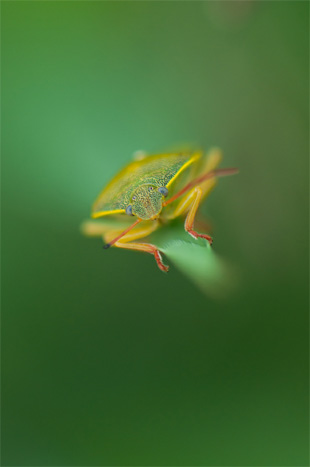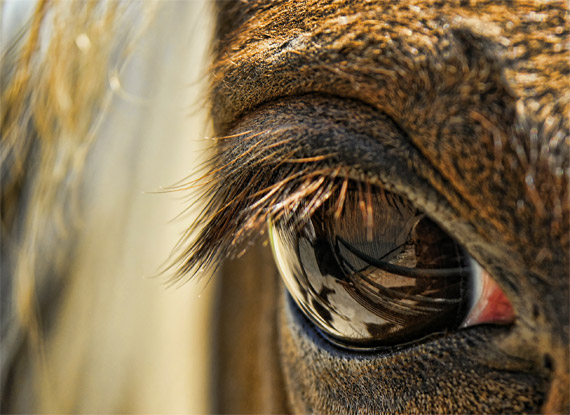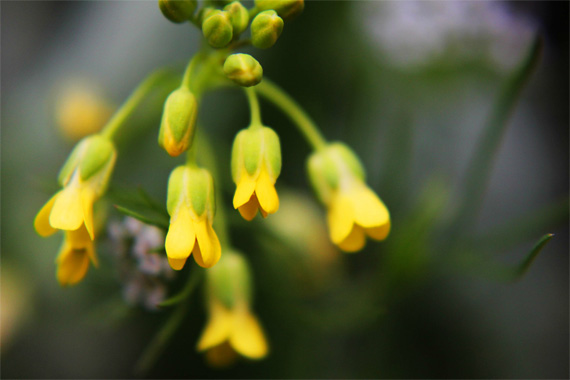Online Photography School
tip 1 : lens and camera setting

There are two types of cameras that a most often used for getting close up shots. They are ‘point and shoot’ cameras and SLR, or single lens reflex cameras. SLR cameras are either digital or film cameras.
A ‘point and shoot’ camera, whether digital or film, normally has a devoted setting on the camera for macro photography. Look at your camera for an icon of a little blossom that must be found on the dial. Turn you dial to this setting.
If you are using a DSLR camera system, you can easily purchase a devoted macro lens for your camera body, or utilize an exclusive adapter to turn a standard lens in to a macro lens.
If you are utilizing a single-lens-reflect (SLR) film camera, a regular lens may not be satisfactory for close-up digital photography. The same solution, as when using a DSLR, apply. It is best to purchase a devoted macro lens for your camera body, or a special adapter for your particular lens.
tip 2 : Lighting is crucial when getting close
As you get closer to your subject, you will shut out some of the light from the scene. There are several methods that can help compensate for the lighting problem.- Adjust the aperture and shutter speed settings to let in more light
- Add lighting, for example, using a flash
- Move the subject closer to the light source, such as a window
tip 3 : Keep a sharp focus
When shooting in macro mode, keeping a sharp focus on the subject may be a challenge. When shooting close-ups, with a DSLR or SLR, using the manual(M) setting is the best option for getting the most creative shots. Using manual (M) settings will definitely give you full command of the shutter speed and aperture.
You may concentrate on depth of field and focus by working with the focal length of the lens as you change the aperture and shutter speeds accordingly.
You can move in closer or step back a little to see which option creates the best portrayal of your subject. Depth of field is influenced by the magnification of the lens. You may find it difficult to keep sharp focus on all areas of the subject at once, since you are functioning so close with the camera and lens. The bottom line is that you may not be able to keep every area of the subject in sharp focus. So, strive to maintain the focus on the most important areas of the scene.
tip4 : setting up the scene
In the beginning, as you adjust to working with macro photography, set your scene up in a spot where you won’t have to worry about interruptions. Such things as doors opening and closing, as you hold your camera close to your object, can cause the camera to vibrate and affect the outcome of the image. So pick a place where you can keep your concentration for a while.Working inside, near a window may be best when getting started. This will give you the opportunity to stay focused on the subject and composition, as well as depth of field, and not worry so much about the lighting. As you get more comfortable working with macro photography, move into other lighting situations and work on keeping the subject lit well, while improving your composition.

Use a back drop of fabric or a blank wall to focus on the subject in order to keep the background uncluttered. Also, keep some small tools near by, such as needles, and tweezers. These sorts of things can help you move small objects around without damaging them. So, take a look around. Utilize these macro photography tips to see how your vision of the world changes!
Author:
Mary E. Foster

0 comments:
Post a Comment